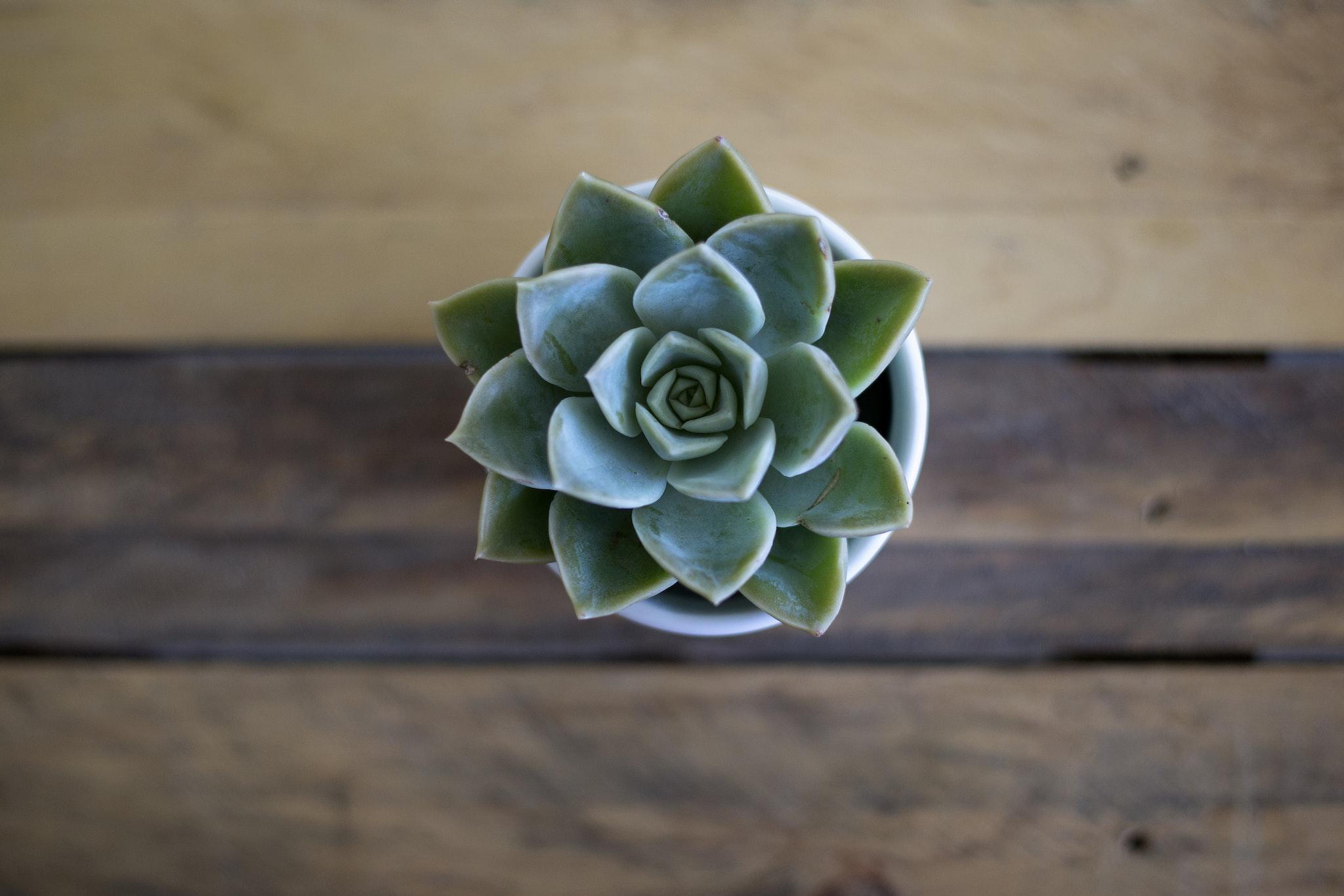Tips for Growing Healthy Succulents
Originally published inThe Belton Journal prior to the availability of their digital archive
As the summer months get closer and the temperatures get higher, many green-thumbed Texans are pulling out their gardening gloves, pots, and soil and are starting to plant their summer gardens. Succulents are a popular plant of choice in Texas due to their heat tolerance and drought resistance, as well as the fact that they are native to the state. Succulents can usually be identified by their fleshy, water-filled leaves, and cacti are included in the succulent family. Many people are under the impression that succulents are difficult to kill, but this is simply not true—they are much more finicky than gardeners give them credit for; however, with a little bit of understanding about these unique plants, it is not hard to have a thriving succulent garden in no time.
One of the most common causes of succulent death is overwatering. People tend to worry that their succulent babies are not getting enough water, but the truth is that it is much safer to give them too little water than too much. In fact, thirsty succulents are much easier to revive than those that are beginning to rot due to overwatering. A good rule of thumb is to avoid watering more than once every few weeks, but to give them a good soaking when you do. Because succulents are native to desert climates, they are used to getting water sparingly. According to an article in Good Housekeeping, the Chihuahuan Desert only gets about nine inches of rain every year, but much of that occurs in flood-like rains, rather than falling a bit at a time. So, try to help your succulents feel at home by soaking them every few weeks.
Another way to prevent your succulents from suffering a watery death is to use a pot with a drainage hole. You can even drill your own if you would like to use a creative planter, such as a ceramic mug or jar. However, it is important that the excess water is able to drain out of the dirt quickly so that the roots do not stay wet, as they are susceptible to rotting. Terra cotta pots are very porous and are great at wicking the excess water out of the soil. However, be careful when purchasing a succulent that is already potted in a cute arrangement because these containers often do not have drainage holes. If you already have one of these arrangements, you can always re-pot the succulents into a container with a hole, or you can put some rocks at the bottom, underneath the soil, so that the water pools below the rocks, rather than staying in the dirt.
A tell-tale sign that your succulent is suffering from overwatering and subsequent root rot is that its leaves are turning yellow or are becoming squishy. This often means that it is already too late for your succulent, but you can attempt to save it by pulling it from the dirt to let the roots dry out more quickly. However, on the flip side, if the succulent is under-watered, it will begin to look shriveled and brown. Just give it a thorough soaking, and it should perk up in no time.
Another common reason for succulents to stop thriving is that they are not getting enough sunlight. Some succulents need more light than others, so be sure to research what your particular species needs. But in general, they like a lot of indirect sunlight. If they are looking lanky and stretched out, it is because they are reaching for the light, so move them to a different location. Be careful, though––they can get sunburnt, so do not put them in direct, afternoon light, especially in the dead of summer. According to a popular succulent blog called Succulents and Sunshine, outdoor succulents need about six hours of bright, indirect light, while indoor succulents will need to be placed near a window and may need a bit more time in the sun.
Succulents are beautiful and unique plants, and they can be quite rewarding if cared for properly. Research what type of succulent species would thrive well in your climate, learn about its specific watering and sunlight needs, and you will have a very happy and independent little plant.

Post a comment